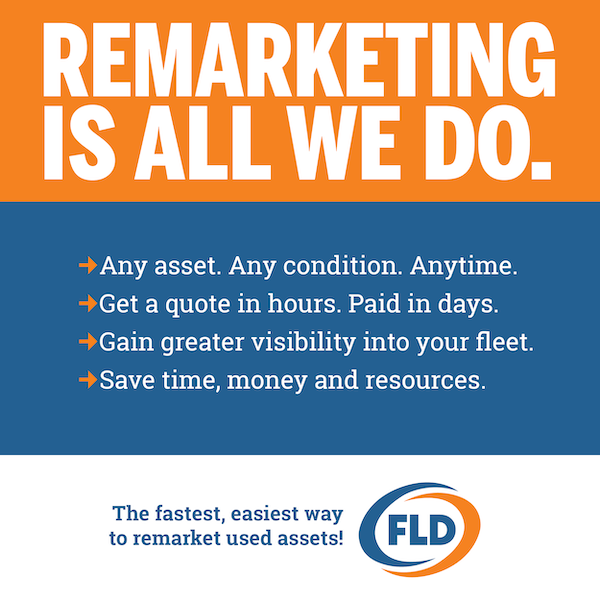
2020 has served up plenty of life lesson reminders. One of these concepts is especially relevant: change waits for no one. Change doesn’t care if you don’t want it, and ready or not, change happens.
All of our lives we’ve been encouraged to embrace change. But whether we’re talking about our personal lives or fleet responsibilities, change can feel uncomfortable and difficult to wrap our arms around. But there’s an upside: while change feels risky, there’s the potential rewards that are worth exploring.
Changing to survive your environment
Obviously cacti are known for their ability to hold water. But did you know their water-storing abilities are completely adaptive? Just like a cactus that evolves in order to survive, your fleet strategy must be flexible in order to continue moving down the road to success. Change may feel prickly, but the alternative is literally getting stuck behind your competitors as you maintain the status quo.
Try looking at change from a different angle
There’s so much more to a cactus than painful spines – all cacti produce beautiful flowers, for instance. There’s another important life lesson for 2020: perspective matters! Instead of looking at only the thorny parts of change that your fleet is facing, try focusing on the value that change presents for improving how you deliver goods and services to your customers.
When you’re willing to embrace new technology, analytics, and best practices, you can potentially:
- Increase flexibility in responding to the changing volume of your business.
- Maneuver your supply chain to provide constant support of your vehicle ordering and delivery needs.
- Gain insight on your operating costs and ward off predictable cost increases.
The best things about change are the new opportunities to optimize the performance, efficiency and cost effectiveness of your fleet.
Target areas that are ripe for positive change
Ask yourself which parts of your fleet can be enhanced to achieve more success. What kind of support, technology, and resources will you need to get there?
Here are five key performance areas to consider when picturing your optimal fleet:
- Effectively managing downtime, spend, & risk.
- Distilling data into actionable information.
- Maximizing opportunities to drive savings, efficiency, & business value.
- Capitalizing on disruption for improved financial performance.
- Managing fleet not as a cost, but as an investment.
Get to the root of best practices
Implementing fleet best practices by putting your data to better use will drive positive change through optimized productivity and cost control. Do you know how many of your current fleet policies and procedures are considered best practices? Are you ready to get your arms around a plan to identify and tackle areas of your fleet that can benefit from more data-driven best practices?
Fleet professionals often find potential for improvement and success in the following areas:
- Replacement strategy
- Finance strategy
- Vehicle supply chain
- Telematics
- Driver risk and safety training
- Maintenance and repairs
- Fuel control
- Remarketing
Go ahead – hug that cactus!
ARI offers the expertise and tools to help you determine what kind of change is good for your fleet and how to implement change through optimal use of your resources.
At arifleet.com, you can download our Why Change e-book to understand the risk of maintaining the status quo versus adopting best practices.
Also, you can preview the ARI Performance Index, which is a comprehensive assessment tool that will calculate your fleet’s potential for reaching a fully optimized operating state.
Visit arifleet.com to learn more.




